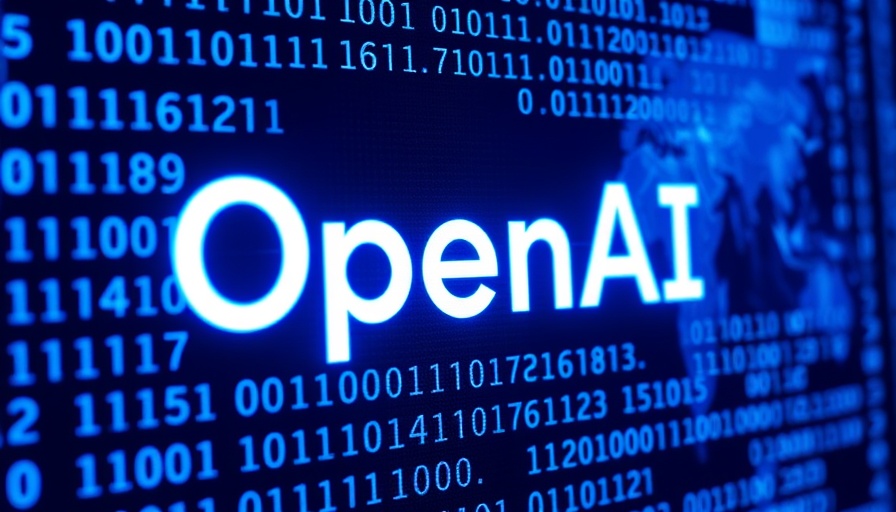
The Rise of AI in Job Interviews: A Double-Edged Sword
As artificial intelligence (AI) becomes increasingly integrated into various aspects of our lives, one area that has seen a significant transformation is job interviewing. AI technology, with its promise of efficiency and objectivity, is rapidly being deployed by companies, but candidates must navigate this evolving landscape with caution. AI applications can streamline the recruiting process, sifting through resumes and even conducting initial screenings. However, candidates are reminded that AI's role is not a guarantee of success; the nuances of human interaction can't simply be reduced to algorithms.
The Importance of Human Connection in Hiring
In an age dominated by machine learning and deep learning innovations, it’s crucial for candidates using AI in interviews to recognize the importance of personal connection. AI-driven systems may assess skills and qualifications, but they often miss essential intangibles like personality, adaptability, and teamwork potential. Given the rising concern about AI replacing jobs, the emphasis on the candidate’s ability to engage and interact meaningfully during the interview process can't be overlooked.
How to Stand Out in an AI-Driven Interview Process
Given the prevalence of AI tools in recruitment, candidates need strategies to distinguish themselves from the competition effectively. Understanding how AI evaluates interview responses can give candidates an edge. For example, using clear, structured answers—perhaps leveraging the STAR method (Situation, Task, Action, Result)—can align better with the evaluation metrics of an AI system. Furthermore, enhancing soft skills that foster rapport during the human touchpoint of the interview can significantly improve chances of success.
Future of AI in Recruitment: Trends to Watch
Looking ahead, the future of AI in recruitment suggests an intriguing landscape. AI technologies are expected to evolve, with a focus on explainable AI (XAI) that sheds light on how algorithms make judgments. As prospective employees enter a market increasingly dominated by AI-driven mechanisms, it’s vital to stay informed about emerging AI technologies and understand upcoming trends that could redefine job applicant experiences.
Moving forward, as AI continues to shape hiring practices, it is imperative for candidates to maintain a balance between leveraging technology and prioritizing genuine human interaction. Candidates who can adapt and merge AI insights with their distinctive qualities will have the edge necessary to thrive in the AI-enhanced job market.
 Add Row
Add Row  Add
Add 




Write A Comment